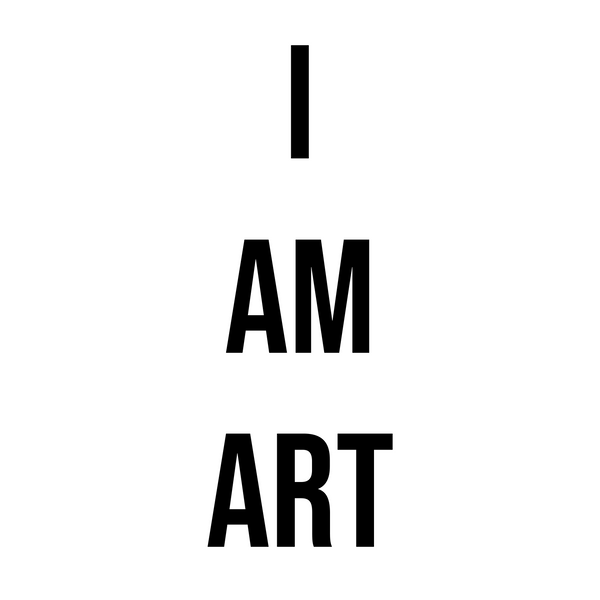Introduction:
In the dynamic world of street art, few names resonate as strongly as Shepard Fairey. A contemporary artist, graphic designer, and cultural icon, Fairey has transcended the boundaries of traditional art, leaving an indelible mark on the global artistic landscape. Join us as we delve into the life, work, and impact of Shepard Fairey, a visionary whose art speaks volumes about rebellion, activism, and the power of visual communication.
A Rebel with a Stencil:
Shepard Fairey burst onto the scene in the late '80s and early '90s with his ubiquitous "Obey Giant" campaign. The image of Andre the Giant, accompanied by the word "Obey," captivated the streets, challenging passersby to question authority and embrace counterculture. Fairey's use of stencils and bold imagery was a departure from traditional graffiti, marking the emergence of a unique and influential voice in the street art scene.
The Iconic HOPE Poster:
Fairey skyrocketed to international fame with his iconic "Hope" poster during Barack Obama's 2008 presidential campaign. The stylized image of Obama, accompanied by the word "Hope" in bold lettering, became an emblem of optimism and political change. The poster's widespread dissemination both on the streets and in political arenas solidified Fairey's reputation as an artist with a powerful message.
OBEY Clothing and Graphic Design:
Beyond street art, Shepard Fairey has made significant contributions to graphic design and fashion through his OBEY Clothing brand. Fairey's distinctive visual language, characterized by bold colors, geometric patterns, and politically charged imagery, has been embraced by a global audience. OBEY Clothing serves as a tangible extension of Fairey's artistic philosophy, allowing individuals to wear and carry his messages with them.
Social and Political Activism:
Fairey's art is deeply rooted in social and political activism. His work often addresses issues such as environmental sustainability, social justice, and freedom of expression. Fairey believes in the power of art to stimulate critical thinking and inspire change, and he has used his platform to engage with a diverse range of causes, amplifying the voices of those seeking social reform.
Legal Challenges and Street Art Advocacy:
Shepard Fairey's journey has not been without legal challenges. Despite facing copyright infringement cases related to his use of certain images, Fairey's impact on the art world remains undeniable. His legal battles have also contributed to a broader conversation about the nature of art, fair use, and the evolving relationship between street art and commercial ventures.
Legacy and Influence:
As an artist, activist, and entrepreneur, Shepard Fairey's influence extends far beyond the streets where his iconic images first gained prominence. His legacy is marked by a commitment to challenging societal norms, sparking conversations, and using art as a medium for social and political change. Fairey's ability to merge visual aesthetics with a profound message has cemented his place in the annals of contemporary art history.
Conclusion:
Shepard Fairey's journey from the streets of Providence to international acclaim is a testament to the transformative power of art. His ability to blend activism with visual communication has not only left an indelible mark on the streets but has also inspired a generation of artists to use their creative voices for social and political impact. As we navigate the complex intersections of art and activism, Shepard Fairey's legacy continues to be a beacon, reminding us that art has the power to transcend boundaries and incite change.
'I don't do ART... I AM ART!'
@Artist_One
#IAMART

